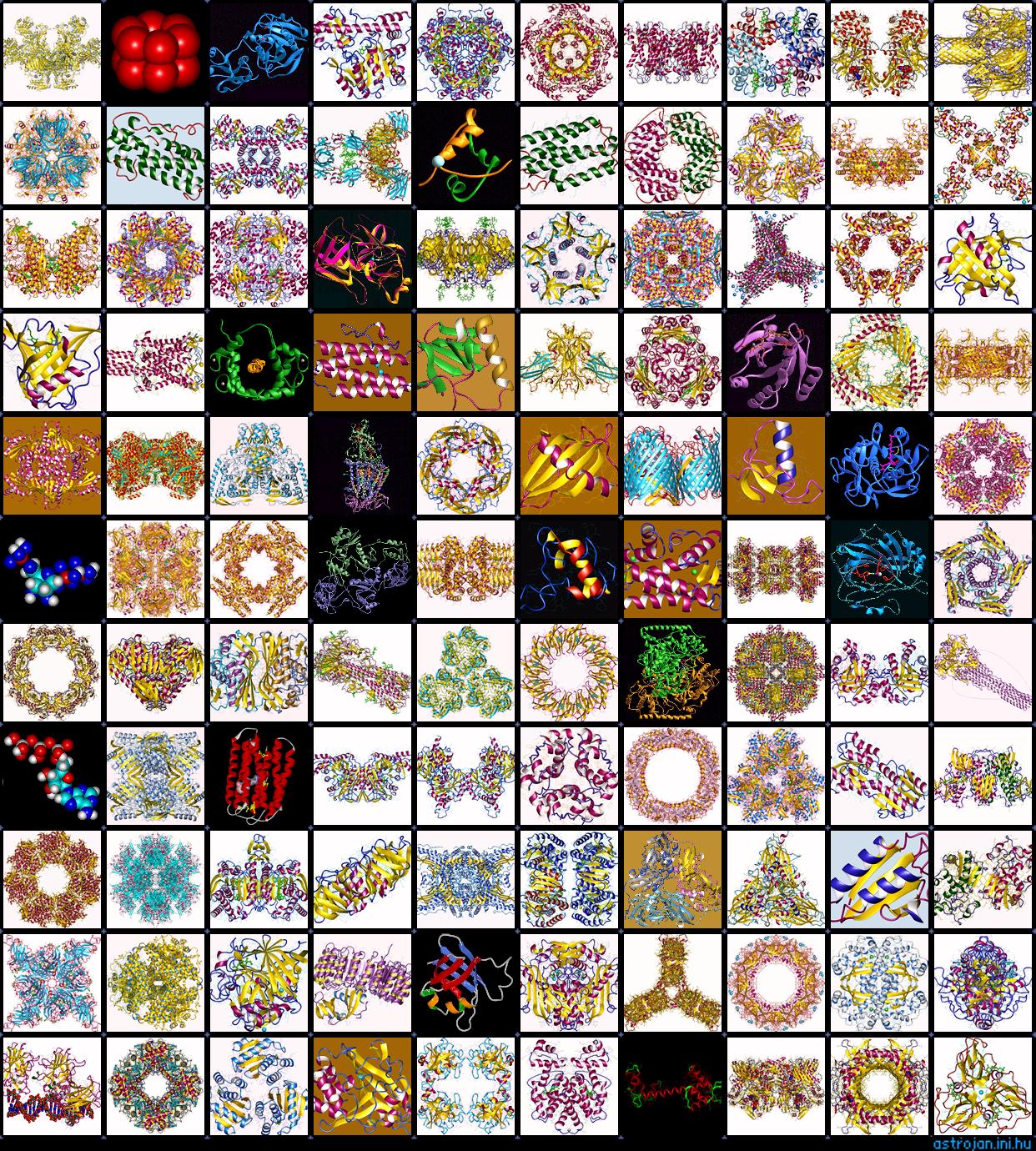When immigrating to America everything becomes westernized, including the bacteria in your gut.

The green highlights the large intestines where the majority of the gut bacteria lies. Image credit: Mikael Haggstrom
Previous studies showed that living in the United states increase the risk of obesity and chronic disease among immigrants to the US relative to those who stayed in their country of birth. Researchers from the University of Minnesota, Dan Knights and Pajau Vangay, thinks that this increase in obesity and chronic diseases may be caused by the decrease in biodiversity in the gut of immigrants.
People in developing countries have more diverse microbiomes, while people living in industrialized countries like the United States have lower microbiome diversity. However the study found that when moving from a developing country to an industrialized nation would actually cause the biodiversity of the gut bacteria to decrease.
The Effect of Immigration on Gut Bacteria
The study focused on the Hmong and the Karen who are the most at risk for Obesity in Asian populations in Minnesota. The study studied the immigrants of different residency length and second generation immigrants and compared the biodiversity of the gut bacteria in these populations.
When immigrants move to the United States, their gut microbiome rapidly Americanizes within 6 to 9 months and becomes less diverse. The gut is invaded by with a rise in the population of bacteria of the genus Bacteroides which is associated with an American diet, while replacing the hey began to replace those of the genus Prevotella from the immigrants home countries diet.
When studying immigrants who have been in the US for years, they found the bacteria in the gut has become less diverse also the American genus Bacteroides have become more prevalent. The change of Bacteria is a long process and it starts immediately but it continues for many decades after and those who have immigrated longer much more at risk for obesity and other chronic diseases.
As Immigrants reside in the US longer, the chances of obesity increases. Image Credit: Pharos
Bacteria Diversity Change with Long Term effects
The researchers also observed the second generation immigrant who have very similar diet as their parents with ten times the amount of rice as the average American. However even with a different diet the diversity of gut microbiome in these second generation immigrants very closely resemble the average American. Meaning the decrease in gut bacteria diversity does not only compound over time but across generations.
Know this decrease in gut bacteria diversity increases obesity and chronic illnesses, maybe it is worthwhile to find how to maintain or increase gut bacteria diversity to maybe help fight obesity and chronic illnesses.


